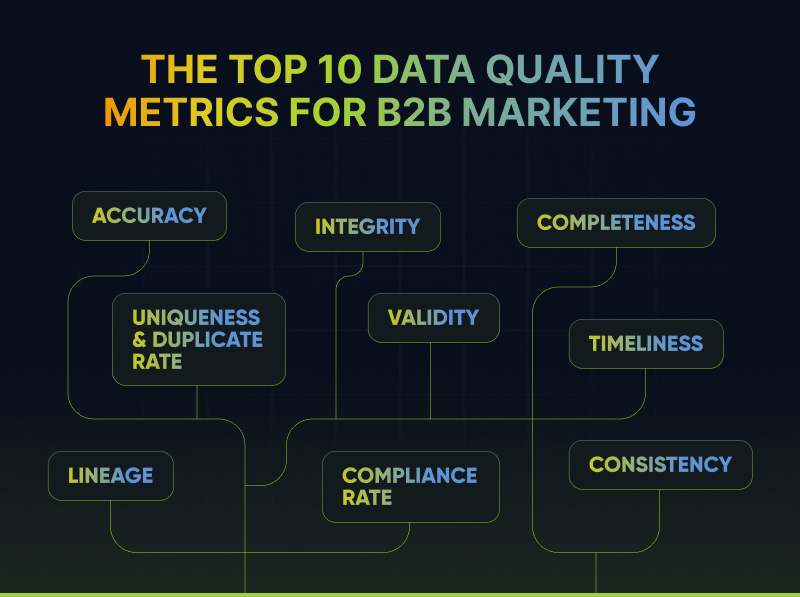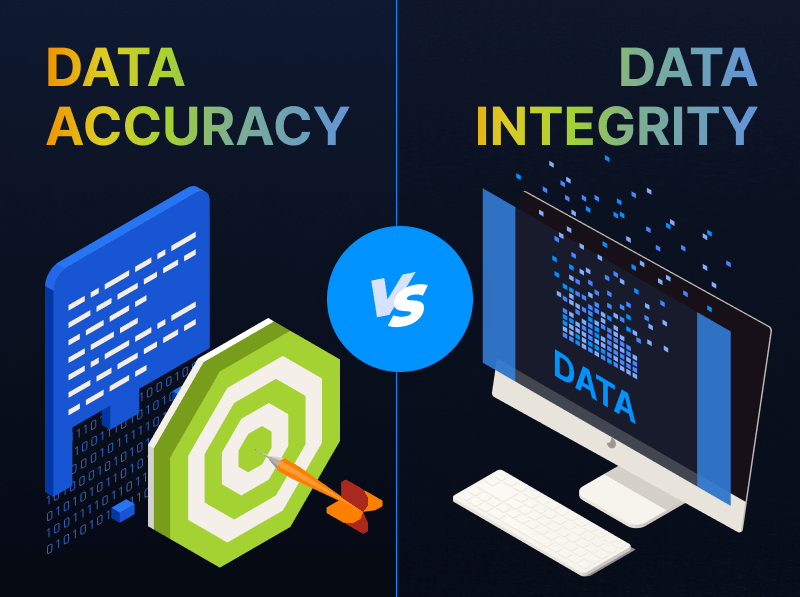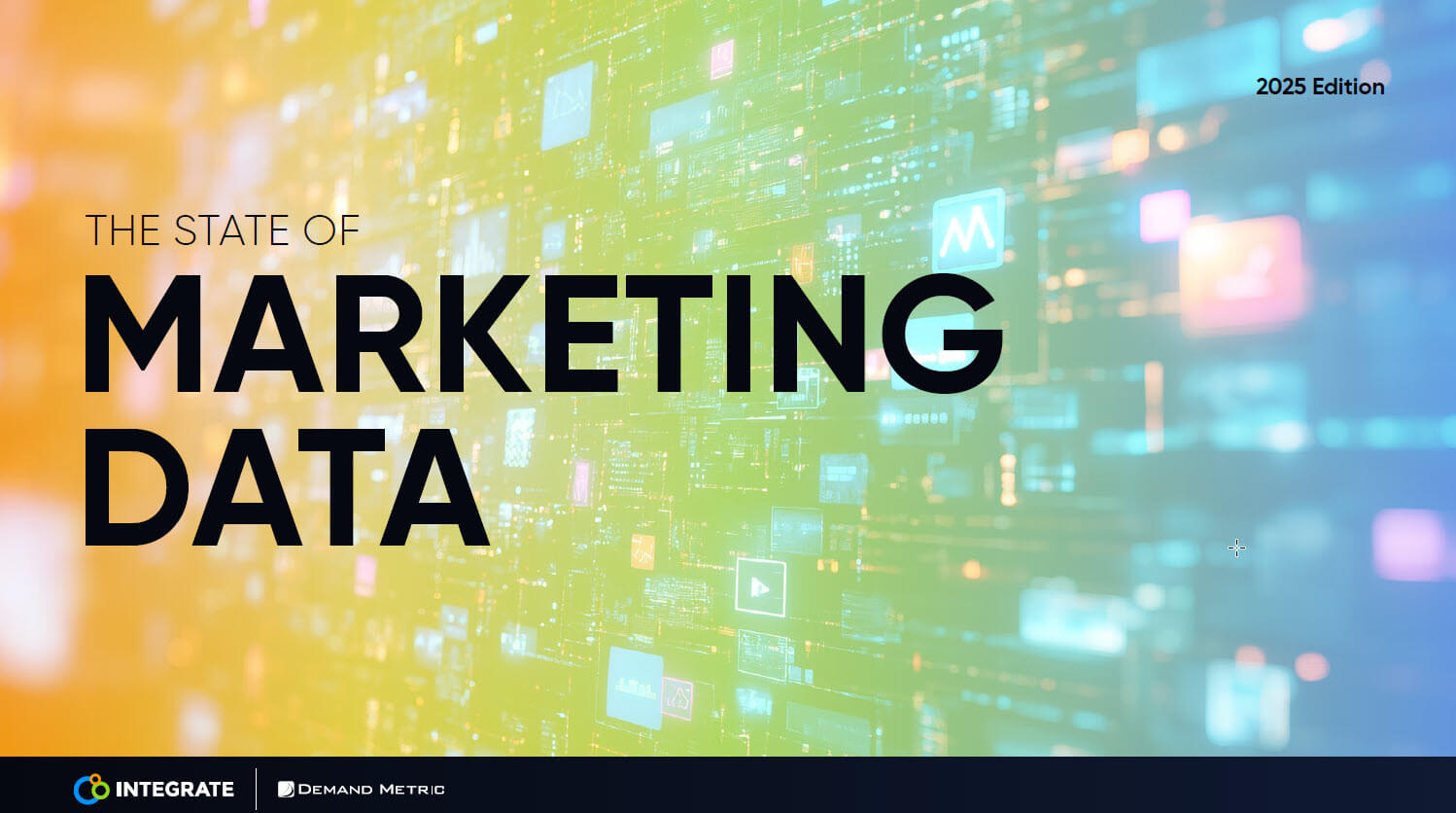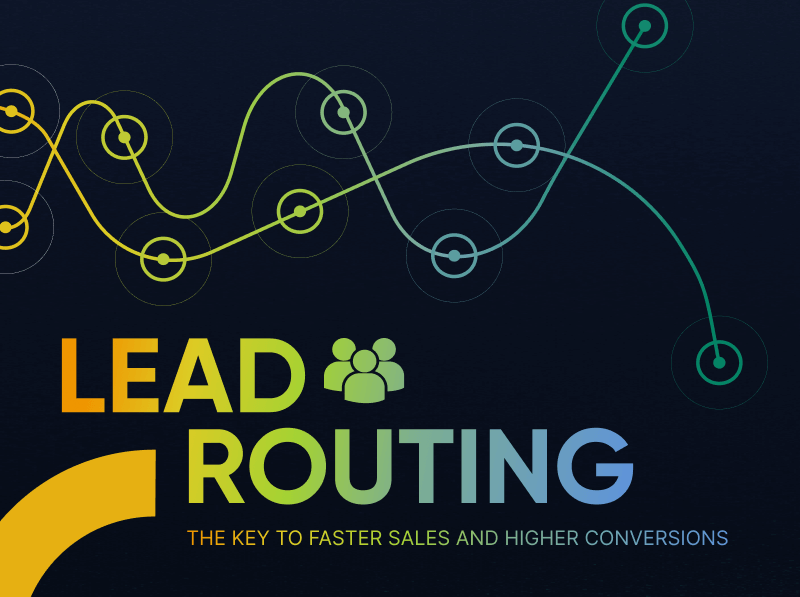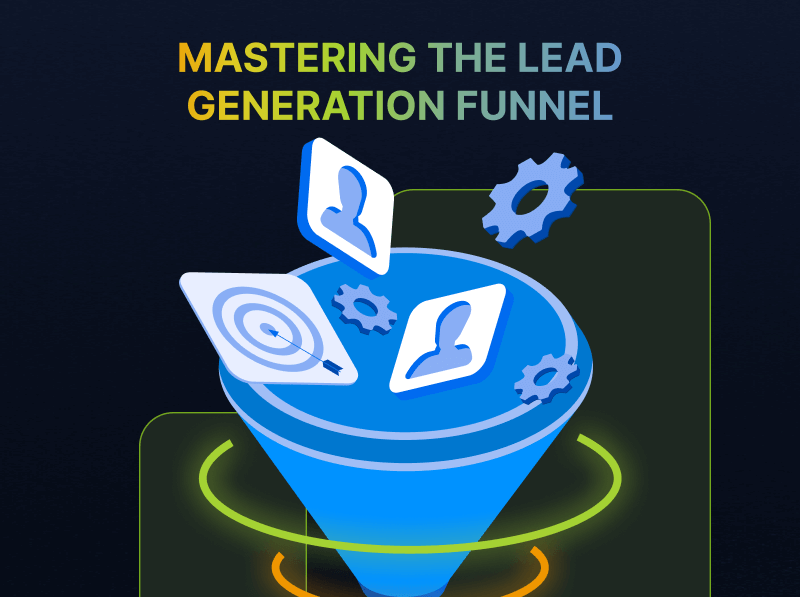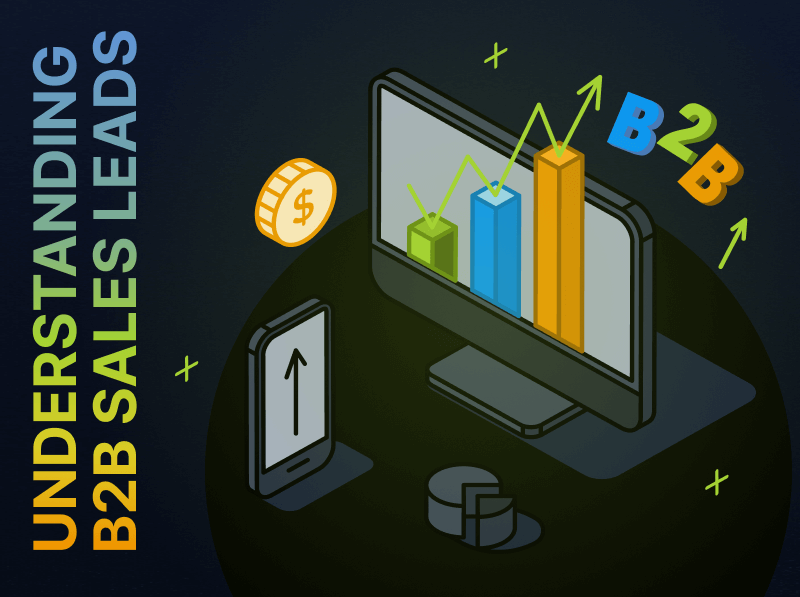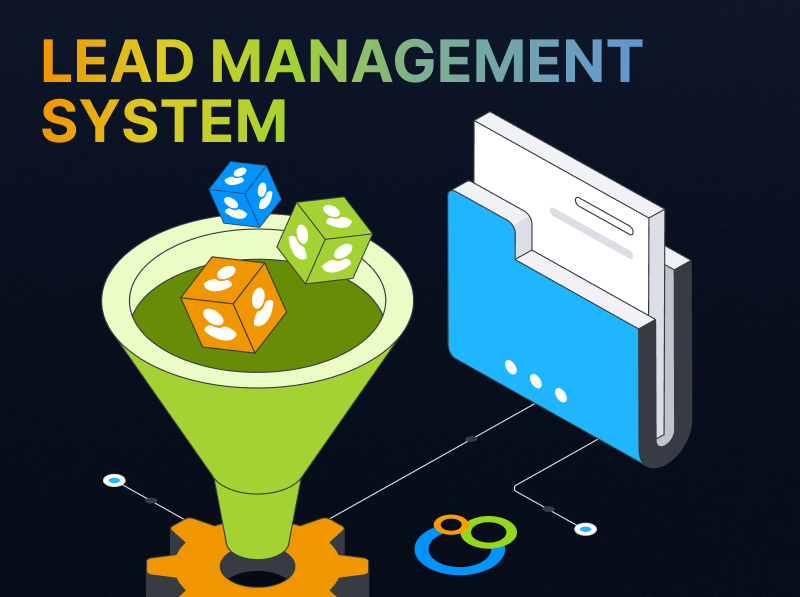7 Reasons Your Event Lead Capture Forms Don’t Convert
Our team spends a lot of time talking to companies about the way they capture leads at events. This means we learn a lot about the struggles and problems businesses experience when collecting leads at events of all sizes. Here are the seven most common problems companies face when using forms for lead capture at trade shows and exhibitions.
1) Complexity
If you’re using paper forms for lead capture, but trying to cover every use case or eventuality, this can lead to a very complex form. If your form is too complicated, it’s difficult for both your leads and your event staff to fill-out. This means you’re more likely to get forms back riddled with mistakes, or for prospects to give-up filling out forms half-way through.
2) An unprofessional first impression
Have you ever thought about how your lead capture forms look to your prospects? If your reps are at your stand, suited and booted, clutching a handful of scrappy-looking paper forms, it doesn’t create the slick look you’re working towards.
3) Length
If you’ve got a form that takes ages to fill-out, you’re likely to be left with lots of half-completed forms full of holes and missing data. Unfortunately – especially if you’re using paper forms – they’re often designed to cover every eventuality in the conversation. The result? You end up with a really long form, but only half the fields are relevant to any one prospect.
From our experience, we find the ideal form should be no longer than the ideal qualifying conversation you have at your stand. You don’t want to collect information that’s unnecessary or irrelevant, just because there’s a field about it on the form.
4) Risk of lost data
Some of the companies we speak to estimate that they’re losing as many as 30% of their leads from each event, as a result of missing crucial data on forms, or illegible handwriting.
Most of the companies we speak to say that collecting leads is their sole reason for exhibiting at trade shows. If that’s the case for your business, why would you tolerate losing 30% of those leads, simply because of your form set-up?
5) No context? Just a contact
Sometimes we see companies with paper forms that are so complex that it takes all their rep’s time and energy to complete the form correctly. This leaves no time to engage with the event attendees and build a connection with them, or gather the valuable context needed to personalize your post-event follow-up communication.
The contextual information is essential for assessing how ‘hot’ or ‘qualified’ a lead is. If you’re not able to get that extra information, you’re coming away from your events with just a long list of people’s contact data – nothing more.
6) Cut-off from your tech stack
One of the biggest problems we see is when your lead capture forms are cut-off from the rest of the technology you use in your sales and marketing activities – like your CRM or marketing automation systems.
The more stages involved to get your leads into your tech stack, the slower your follow-up is likely to be. And research shows that when it comes to event follow-up, speed is everything.
So if you’re using paper forms, you’ve got to wait for someone to manually enter the data into your CRM (without any typos or mismatched fields) before you can follow-up. Not ideal if you’re hoping for speedy follow-up.
7) Technical difficulties
We’ve seen so many companies who have set up beautifully-branded digital forms, only to be let-down when their Wi-Fi drops out, or is so slow that they simply can’t use it. This renders their online forms useless. Then they have to scramble around for plan B – which tends to be collecting event leads on any scrap of paper they can find.
This puts your event team on the back foot. Even worse, if you’ve gone from having a lead capture form that’s all set-up for you, to collecting leads on pieces of paper, it’s likely you’ll forget some key fields and fall-back on simply collecting people’s contact data – missing that all-important context that qualifies them.
Don’t be let-down by your lead capture forms
Events are your one shot to get face-to-face with a large number of qualified potential customers. Your event lead capture form is the last hurdle that stands between them becoming a lead for your business.



